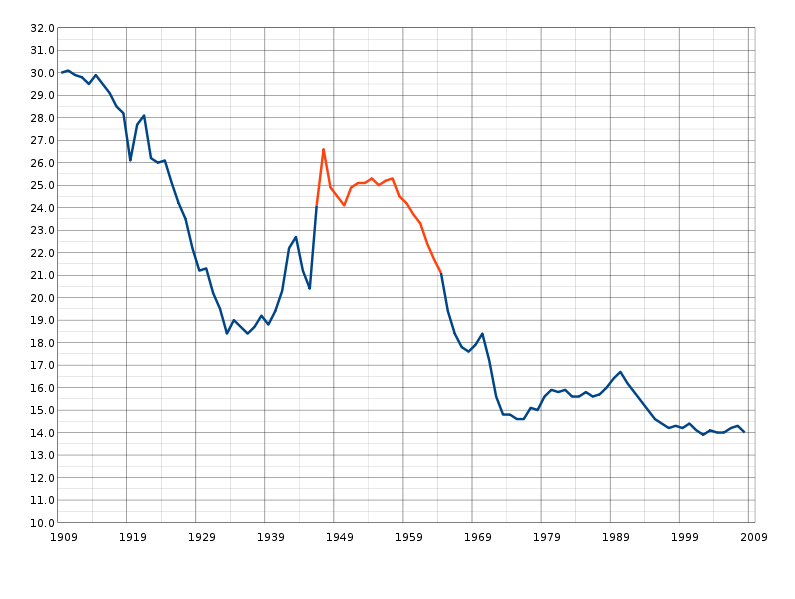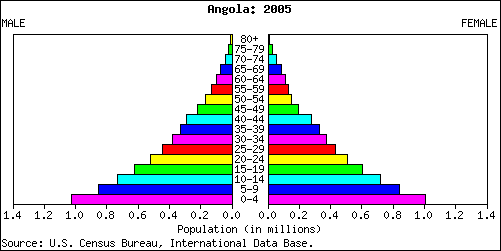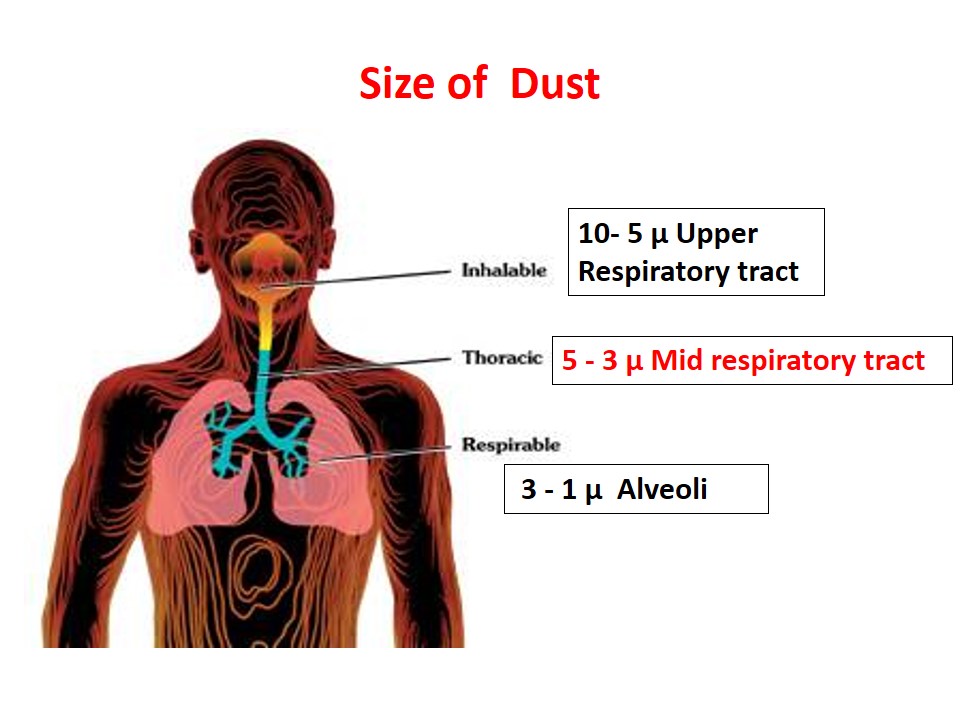The subject selection is important for planning your research project. You need to think about how you are going to choose your participants. For some research projects, there will be only a small number of people within your research population, in which case it might be possible to contact everyone. This is called a census. However, for most projects, unless you have a huge budget, limitless timescale and large team of interviewers, it will be difficult to speak to every person within your research population.
Population
It is aggregate of objects, persons or events which meet a specified set of criteria on which the research is generalized.
Sample
Researchers overcome this problem by choosing a smaller, more manageable number of people to take part in their research. This is called sampling.
It explains what is happening within a smaller group of people. Subject selection from the population is based on:
a. Inclusion criteria
b. Exclusion criteria
Target Population
After application of inclusion criteria and exclusion criteria, target population is to be taken in study e.g. in study of annual death rate of less than 5 year old children due to diarrhea, children less than 5 years old are the target population (whole country).
Accessible Population
Some portions out of the target population are taken to which we apply study, in the above case, less than 5 years old children in District Hospital are the accessible population.
It should be the true representative of the target population.
Sampling Bias
It is an error in sampling and occurs when selected individuals are over represented or under represented in the population which is under study.
Sampling bias may be:
1. Conscious
2. Unconscious
Sample Size
The first question new researchers tend to ask is ‘how many people should I speak to?’ This obviously depends on the type of research. For large scale quantitative surveys, you will need to contact many more people than you would for a small qualitative piece of research. The sample size will also depend on what you want to do with your results. If you intend to produce large amounts of cross tabulations, the more people you contact, the better. It tends to be a general rule in quantitative research that the larger the sample, the more accurate your results. However, you have to remember that you are probably restricted by time and money –you have to make sure that you construct a sample which will be manageable. Also, you have to account for non-response and may need to choose a higher proportion of your research population.
Sampling Technique
Sampling procedures are used everyday. Market researchers use them to find out what the general population thinks about a new product or a new advertisement. When they report that 87% of the population like the smell of a new brand of washing powder, they haven’t spoken to the whole population, but instead have contacted only a sample of people which they believe are able to represent the whole population.
There are two main types of sampling:
1. Probability sampling
2. Non probability sampling
Probability Sampling
In probability sampling, sample is selected randomly and every individual has an equal chance of selection. It is considered representative not the true representative. There are chances that sample characteristics vary from target population (parent population).
Types of Probability Sampling
1. Simple Random Sampling
Every unit in a population has an equal probability (chance) of being chosen. It is not always the true representative of a parent population. Every individual is given an equal chance of being selected.
It is drawn from a accessible population. Examples include blindly drawing slips, throwing a two dice digit, etc.
Random sampling can be tough and is inconvenient unless the population is short and is pre-numbered.
2. Systematic Sampling
The total number of units in the experimental population divided by the number of units to be selected.
e.g. every 10th of the sample is to be selected, this is the sampling interval. It is equal to random sampling as long as no particular order exists in the list.
3. Stratified Random Sampling
Sampling error can be decreased by stratification. Relevant characteristics of population are identified and then homogenous, non-overlapping subsets or strata are formed. E.g. national sample for survey such as prevalence of goiter in the northern areas than in Punjab could be done in different areas of Pakistan. Only one variable is to be the basis of stratification. Purpose is to compare different strata. Population is divided into sub groups according to one or more characteristics, which is then followed by random or systemic sampling procedure according to the available information.
4. Cluster Sampling
It is done for large dispersed population in which complete listing of population is not possible. E.g. mohallas, villages involve successive random sampling of a series of units in population e.g. if we are interested in number of pathologists, a random selection is done in following stages:
a. Choose 10 cities randomly
b. Laboratories are randomly selected in those cities
c. Pathologists from each lab
It is convenient, efficient with larger population. Larger sample in each cluster is to be chosen to get estimated results.
5. Survey Sampling
In this, geographical selection of population is done. The total target land is divided into mutually exclusive sections, then list of housing is made in each section, and then samples are drawn from this list. It is used in random house hold sample.
Non-Probability Sampling
Target population does not have equal chance of being selected, the researcher chooses it on some basis of his own interest. They are not assumed to represent population (target). Bias increases when variables are heterogeneous.
Types of Non Probability Sampling
1. Convenient Sampling
Subjects are chosen on the basis of availability, sample is selected in a haphazard fashion. Sample is unlikely to be representative (volunteer participation). Purpose is exploratory. E.g. first ten patients in the clinic, 4th year MBBS students.
2. Quota Sampling
The researcher determines the proportion of elements needed from various segments e.g. opinion of various types of people about the utility of a health institution in a locality. Certain number of people form each category are to be interviewed.
3. Purposive Sampling
Sampling is done on the basis of pre-determined idea (clinical knowledge). Typical individuals are selected who are believed to be representative of a larger group. E.g. only those exposed to disease are selected.
4. Snow Ball Sampling
When subjects of specific characteristics are hard to locate. This is carried out in stages:
1. Subjects which meet the criteria are identified and tested
2. These subjects are asked to identify others who have the same characteristics, e.g. people suffering from multiple sclerosis may guide and bring some more samples of multiple sclerosis to the researcher.
Read more about research methodology…
- Introduction to Research Methodology
- The Basics of Research Methodology
- A Concept of Research Process
- Choosing Research Topics
- Review of Literature for Research Purpose
- Formulating a Research Question
- Formulation of Objectives in Research
- Variables in Research
- Developing a Questionnaire in Research
- Data Collection in Research
- Introduction to Study Designs
 howMed Know Yourself
howMed Know Yourself




